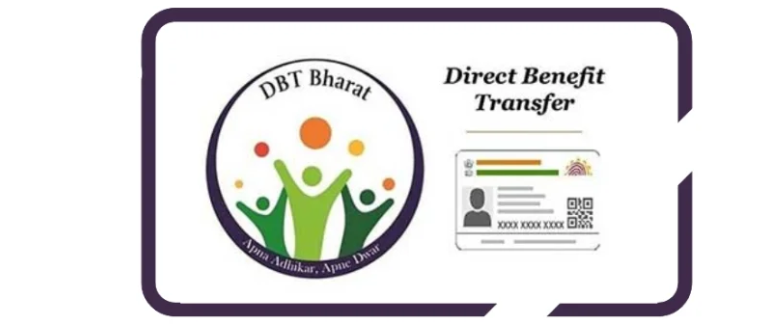Lessons from State-Level Direct Benefit Transfer (DBT) Schemes (GS Paper 2, Polity)

Context: Status of Women in India
- India's gender disparity is stark, particularly in the economic sphere.
- With a female labor force participation rate of only 28%, and a dismal ranking of 127th out of 146 countries on the Global Gender Gap Index 2023, there is a pressing need for measures that address gender inequality.
- Additionally, a survey by Niti Aayog reveals that 30% of women aged 18-49 have experienced domestic violence, highlighting systemic issues affecting women's well-being.
Direct Benefit Transfer (DBT) and Financial Autonomy for Women
Direct Benefit Transfer (DBT) involves transferring funds directly to individuals' bank accounts, reducing leakage and improving efficiency in subsidy distribution. One of the notable impacts of DBT schemes is their potential to enhance financial autonomy for women, particularly in low-income households.
- Empowerment Through Financial Control: DBT schemes often allocate funds to women, which they tend to manage autonomously. This allocation empowers women to make their own spending decisions, thereby enhancing their economic agency.
- Increased Spending Power: Women, particularly in low-income households, spend a significant portion of their income on essential needs such as food and fuel. For instance, the bottom 20% of rural households spend 53% of their income on food, while the bottom 20% of urban households allocate 49% of their income to similar essentials. Hence, DBT not only supports basic needs but also stimulates local economies by circulating money back into the community.
Successful State-Level DBT Schemes
Several states have pioneered DBT schemes tailored to empower women:
- Jagananna Amma Vodi (Andhra Pradesh): Provides financial assistance to poor mothers to support their children’s education.
- Mahalakshmi Scheme (Telangana): Offers cash incentives to pregnant women and new mothers.
- Gruha Lakshmi (Karnataka): Grants financial aid to support women from economically weaker sections.
- Ladki Bahin (Maharashtra): Provides financial assistance to support the education and welfare of girls.
- Ladli Behan (Madhya Pradesh): Offers direct financial support to women to promote economic stability.
- Lakshmir Bhandar (West Bengal): Provides monthly cash transfers to women from low-income households, significantly improving their financial decision-making power and status within their families.
These state-sponsored schemes have proven effective in enhancing women's financial autonomy and improving their social standing.
Union Government DBT Schemes and Their Limitations
The Union Government manages 315 DBT schemes across 53 ministries, with 13 schemes under the Ministry of Women and Child Development. Despite the extensive network, the implementation of these schemes has been less effective:
- Performance Issues: The Ministry of Women and Child Development ranks 31st in DBT Performance Rankings, reflecting inefficiencies in scheme implementation.
- Lack of Universal Coverage: Unlike state schemes, there is no central DBT scheme specifically designed to provide universal financial support to all women or target low-income women directly.
The Pradhan Mantri Matru Vandana Yojana offers financial aid to pregnant and lactating mothers, but this is not a universal scheme and does not address the broader financial needs of women.
Conclusion: Moving Forward
India’s DBT schemes have been recognized globally for their logistical efficiency. To address the gender disparity and enhance women's economic status, the Union Government could draw valuable lessons from state-level initiatives:
- Expand and Improve DBT Schemes: Implementing a universal DBT scheme specifically targeting women, similar to successful state models, could enhance financial autonomy and address gender inequality more effectively.
- Focus on Implementation: Strengthening the implementation of existing schemes and improving the performance of the Ministry of Women and Child Development could increase the impact of DBT initiatives.
- Tailor Schemes to Local Needs: Adapting DBT schemes to address regional and socio-economic differences could ensure that support reaches the most vulnerable women.
By learning from successful state-level schemes and addressing current gaps, the central government can better support women's economic empowerment and work towards a more equitable society.


